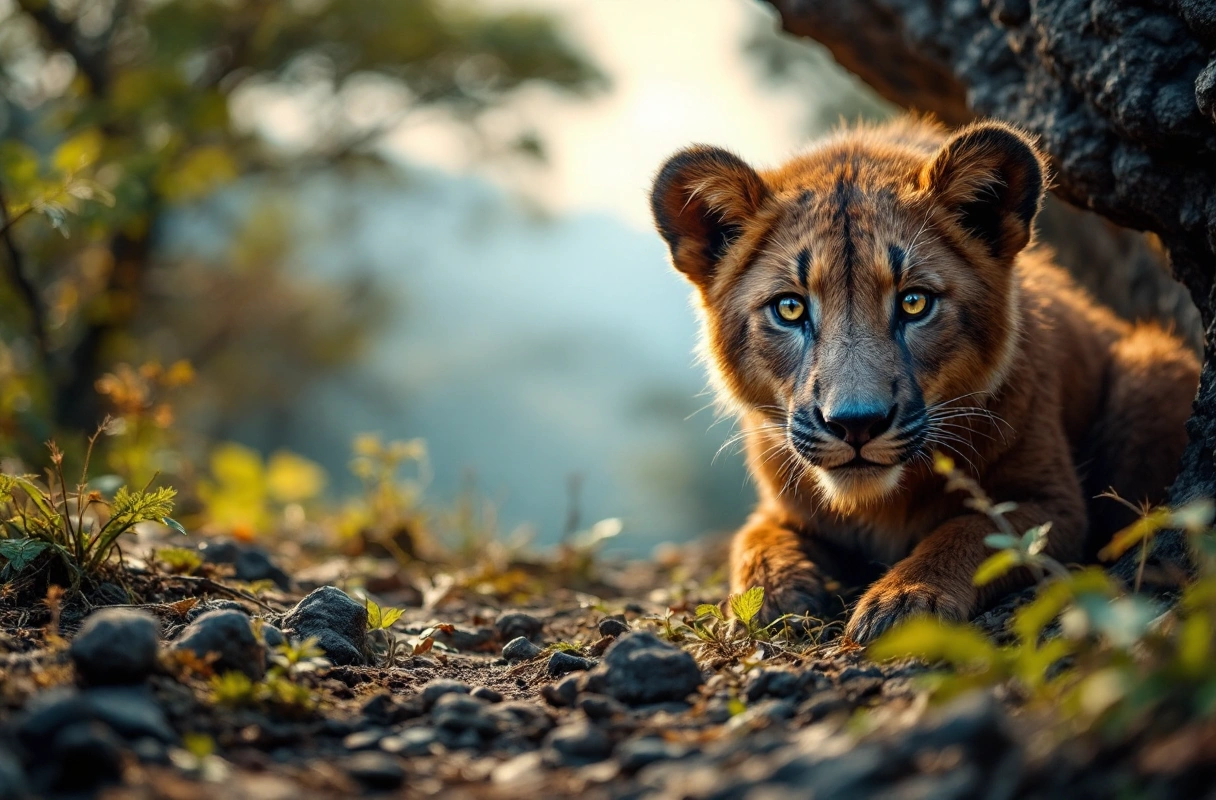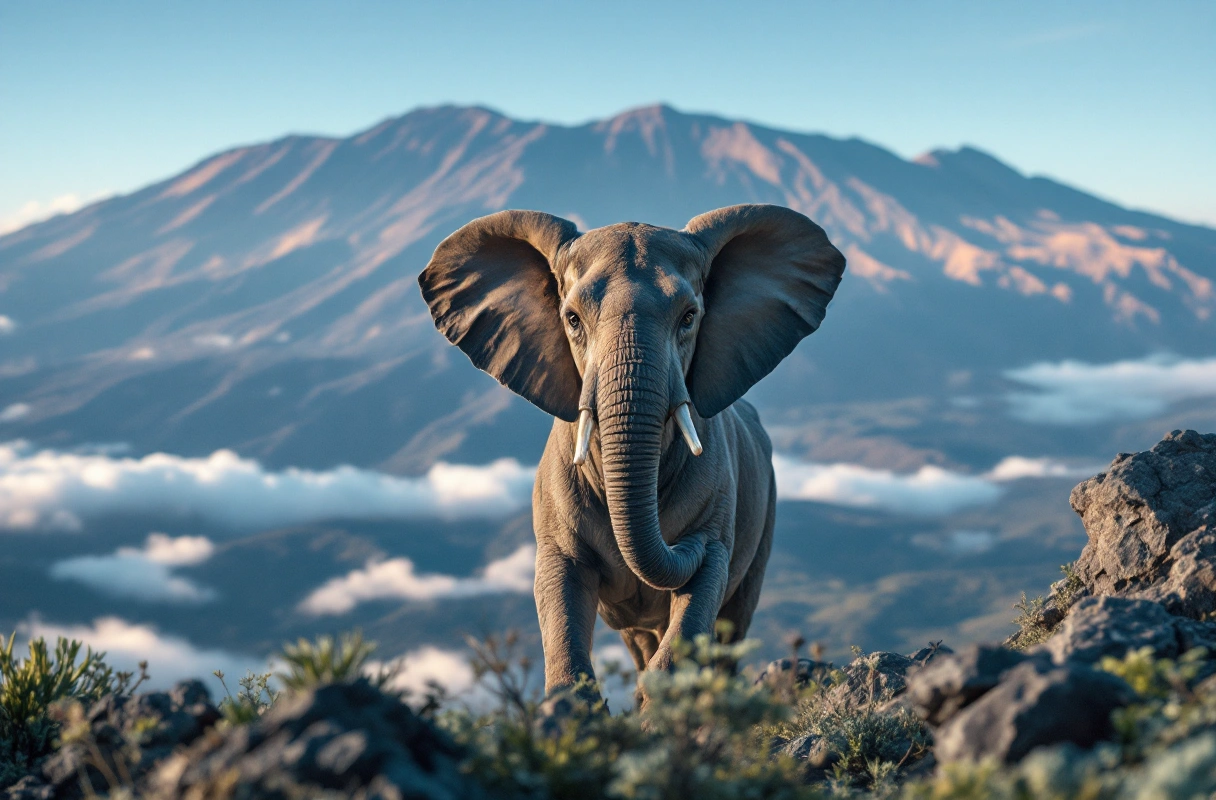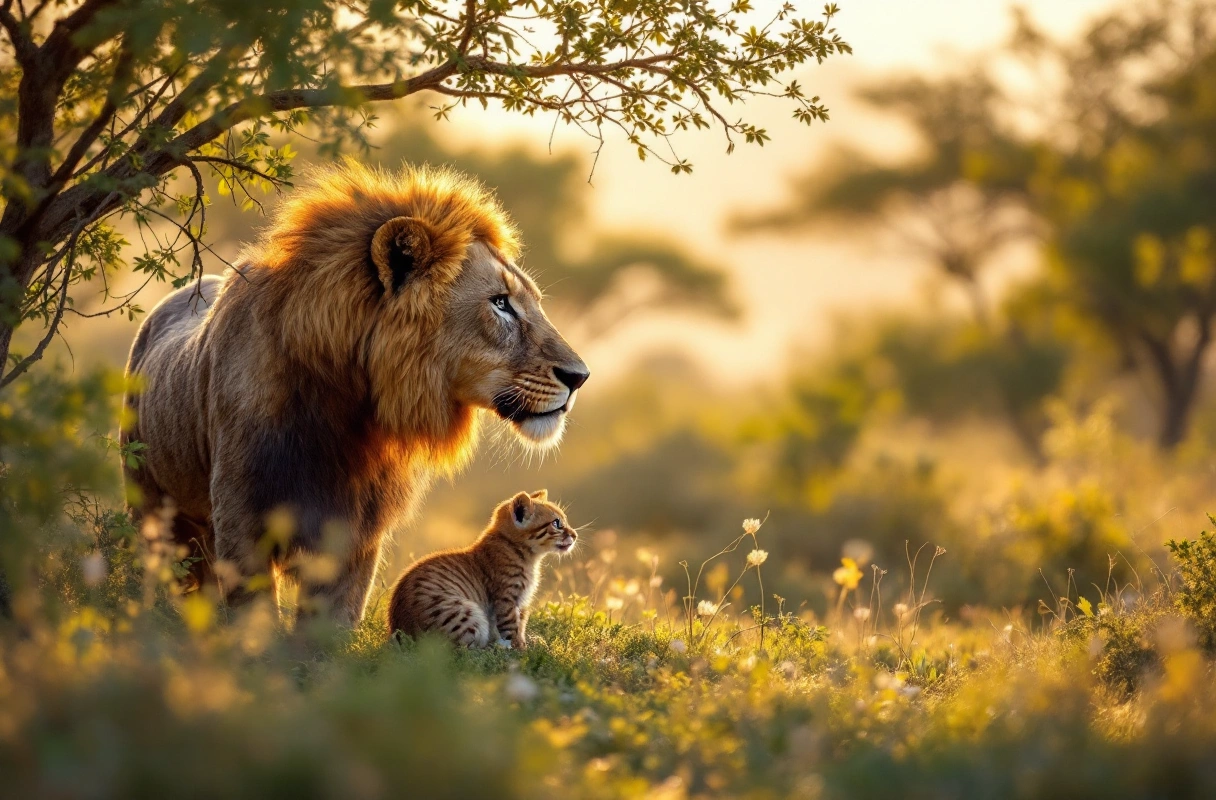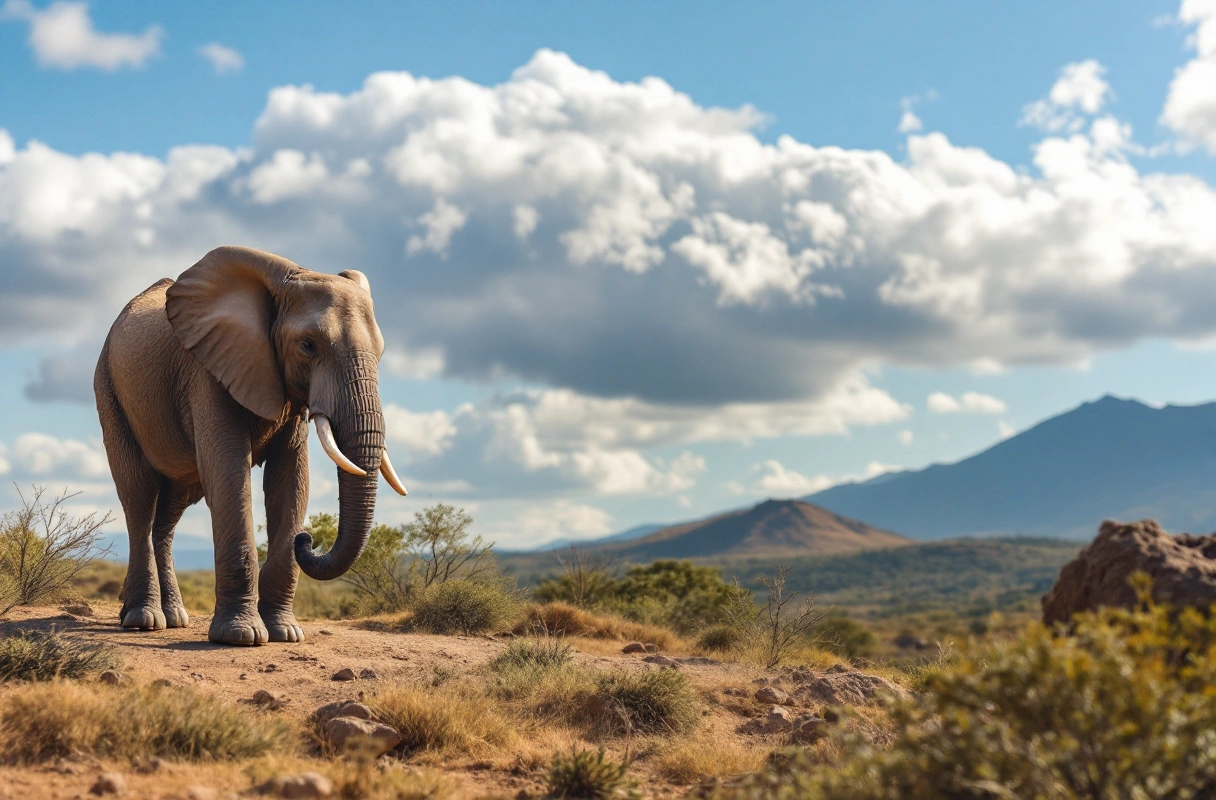
Kilimanjaro, Africa's highest peak, is not only a climber's dream but also a vibrant ecosystem teeming with a diverse array of wildlife. As you ascend this majestic mountain, the chance to observe African animals in their natural habitats becomes an exhilarating experience. This guide will explore the various species you might encounter, the best times of year for wildlife spotting, and tips for maximizing your wildlife experiences while climbing Kilimanjaro.

Kilimanjaro is home to an impressive variety of ecosystems, ranging from lush rainforests to alpine deserts. Each zone hosts unique African animals, making it a prime destination for wildlife enthusiasts. The mountain's slopes provide shelter to both well-known species and lesser-known creatures, offering an unparalleled opportunity for wildlife observation.
Rainforest Zone: The lower slopes of Kilimanjaro are cloaked in dense rainforest, providing a habitat for various African animals, including:
Heath and Moorland Zone: As climbers ascend, they transition into heath and moorland, where unique animals thrive:
Alpine Desert Zone: Above the moorland, the landscape becomes stark and barren, yet it still supports life:
Understanding the various ecosystems on Kilimanjaro will enhance your appreciation of the African animals that inhabit them. Each zone presents a different aspect of wildlife, showcasing the mountain's rich biodiversity.

Timing your climb can significantly impact your wildlife experiences on Kilimanjaro. Certain months are more favorable for spotting specific African animals due to their migratory patterns, breeding seasons, and food availability.
Dry Season (June to October): This is considered the best time for wildlife viewing. The dry weather forces animals to congregate around water sources, making them easier to spot. During this period:
Wet Season (November to May): While the wet season can make some areas more challenging to navigate, it also offers unique wildlife experiences:
Transition Seasons (April and November): These months can be unpredictable, but they also present opportunities for wildlife enthusiasts:
By aligning your climb with these seasonal patterns, you can enhance your chances of encountering various African animals, enriching your overall experience.

Maximizing your wildlife spotting opportunities requires preparation and awareness. Here are some actionable tips to ensure a successful wildlife experience while climbing Kilimanjaro.
Choose the Right Route: Different climbing routes offer varying levels of wildlife encounters. The Machame and Lemosho routes, for example, pass through more diverse ecosystems, increasing your chances of seeing African animals.
Travel with Experienced Guides: Engaging a knowledgeable guide can significantly enhance your wildlife experiences. They can help identify animals, share insights about their behaviors, and ensure your safety while observing wildlife.
Be Quiet and Patient: Wildlife is often skittish and will avoid human presence. Move slowly and quietly, allowing animals to feel comfortable enough to reveal themselves. Patience is key; sometimes, simply sitting quietly can lead to unexpected sightings.
Use Binoculars and Cameras Wisely: Bring binoculars for distant viewing and a camera with a zoom lens for capturing images without disturbing the animals. Avoid using flash photography, which can startle wildlife.
Stay on Designated Trails: Respecting the natural habitat of African animals is essential. Stay on marked paths to minimize your impact on the ecosystem and ensure your safety.
By following these strategies, you can enhance your chances of witnessing the diverse wildlife that Kilimanjaro has to offer, making your climb even more memorable.
While the excitement of spotting African animals can be overwhelming, certain pitfalls can detract from the experience. Here are some common mistakes climbers should avoid.
Ignoring Local Guidelines: Many climbers underestimate the importance of adhering to local guidelines regarding wildlife observation. These rules are in place to protect both the animals and visitors. Always familiarize yourself with local regulations and follow them diligently.
Focusing Solely on Big Game: While iconic animals like elephants and lions capture attention, Kilimanjaro is rich in smaller wildlife. Don’t overlook the fascinating smaller species and their roles in the ecosystem. Appreciate the full range of biodiversity present on the mountain.
Neglecting to Research: A lack of preparation can lead to missed opportunities. Familiarize yourself with the African animals you may encounter and their behaviors. This knowledge will enhance your ability to spot them and understand their significance in the ecosystem.
By avoiding these common mistakes, you can ensure a more rewarding and insightful wildlife experience during your Kilimanjaro adventure.
As you embark on your journey to spot African animals on Kilimanjaro, it is crucial to reflect on the interconnectedness of wildlife experiences and environmental stewardship. Understanding the importance of conservation will deepen your appreciation for the remarkable biodiversity that the mountain offers.
Supporting Local Communities: Engaging in responsible tourism practices helps support local communities. Many guides and park rangers rely on eco-tourism for their livelihoods, creating a direct link between wildlife conservation and community well-being.
Encouraging Sustainable Practices: By choosing eco-friendly options, such as sustainable trekking companies, you contribute to preserving the delicate ecosystems of Kilimanjaro. This helps ensure that future generations can enjoy the same wildlife experiences.
Promoting Awareness: Your experience can serve as a powerful tool for raising awareness about wildlife conservation. Share your observations and insights with others to inspire a greater appreciation for the natural world.
By embracing this holistic approach, you can enhance your wildlife experiences while contributing to the preservation of Kilimanjaro's unique ecosystems.
Understanding the intricate relationships between African animals and their ecosystems is a rewarding journey. The Banana Slug Club offers a wealth of resources for nature enthusiasts, students, and curious minds eager to learn more about the world around them.
As you reflect on the wildlife experiences you've gained from this guide, consider how the Banana Slug Club can enhance your knowledge. Our resources are designed to educate and inspire, making learning about nature, science, plants, and animals accessible and engaging.
For those who are passionate about the environment and eager to delve deeper into the world of African animals, we invite you to visit our website or reach out to us for more information. Whether you are a student, an educator, or simply someone who loves nature, the Banana Slug Club is here to support your exploration and foster a deeper connection with the natural world.
By equipping yourself with knowledge and curiosity, you can appreciate the beauty of African animals and their habitats, ensuring that these incredible experiences continue for generations to come.
Get free resources, early access to new features and updates.
No spam. Just fun educational emails!